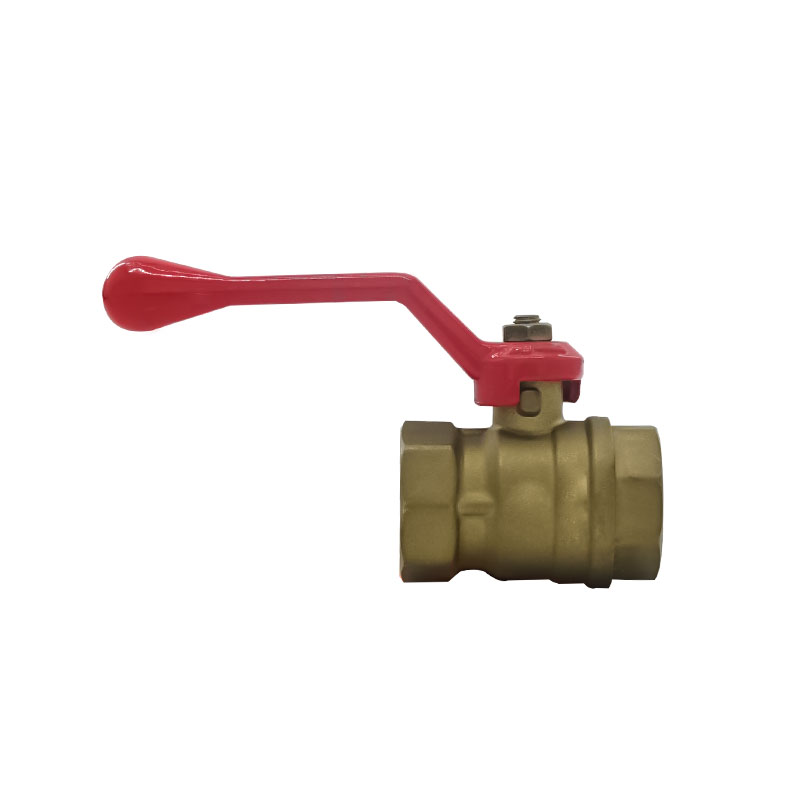Here are the key features and components of a bronze ball valve
2023-12-27
A bronze ball valve is a type of valve used in plumbing and industrial applications to control the flow of liquids. It is specifically made from bronze, an alloy primarily composed of copper with varying amounts of tin and other elements. Bronze is chosen for its corrosion resistance, durability, and suitability for use in various environments, especially where exposure to water or corrosive substances is a concern.
Here are the key features and components of a bronze ball valve:
1. Material:
- Bronze Construction: The body of the ball valve is made of bronze. The specific composition of the bronze alloy may vary, but it typically includes copper as the base metal with additional elements such as tin, zinc, or lead for enhanced properties.
2. Ball Mechanism:
- Pivoting Ball: Inside the valve, there is a hollow ball with a hole (port) in the center. When the valve is open, the hole aligns with the pipe, allowing the fluid to flow through. When closed, the ball is rotated 90 degrees, blocking the flow.
3. Handle:
- Lever or Handle: The valve is controlled by a lever or handle attached to the ball. Turning the handle 90 degrees opens or closes the valve, providing a quick and easy way to control the fluid flow.
4. Seals and Gaskets:
- Sealing Components: The valve includes seals and gaskets to prevent fluid leakage when the valve is in the closed position. These components are typically made of materials compatible with the fluid being handled.
5. End Connections:
- Threaded or Flanged Ends: Bronze ball valves come with various end connection options, including threaded or flanged ends, allowing them to be connected to pipes using appropriate fittings.
6. Size Range:
- Various Sizes: Bronze ball valves come in various sizes to accommodate different pipe diameters commonly used in plumbing and industrial applications.
7. Pressure Rating:
- Pressure Resistance: Bronze ball valves are designed to withstand specific pressure ratings, ensuring they can handle the pressure in the system without leaking or failing.
8. Temperature Range:
- Thermal Stability: Bronze is known for its thermal stability, allowing bronze ball valves to handle a range of temperatures.
9. Application:
- Versatile Use: Bronze ball valves are suitable for various applications, including water supply systems, oil and gas pipelines, and other industrial processes.
10. Corrosion Resistance:
- Resistance to Corrosion: The use of bronze ensures that the valve is resistant to corrosion, making it suitable for environments where exposure to moisture or corrosive substances is common.
11. Durability:
- Long-lasting: Bronze ball valves are known for their durability and longevity, contributing to their reliability in different applications.
When using bronze ball valves, it's essential to choose the right size, pressure rating, and end connections based on the specific requirements of the application. Additionally, adherence to proper installation procedures and maintenance practices helps ensure the optimal performance of the valves over time.



